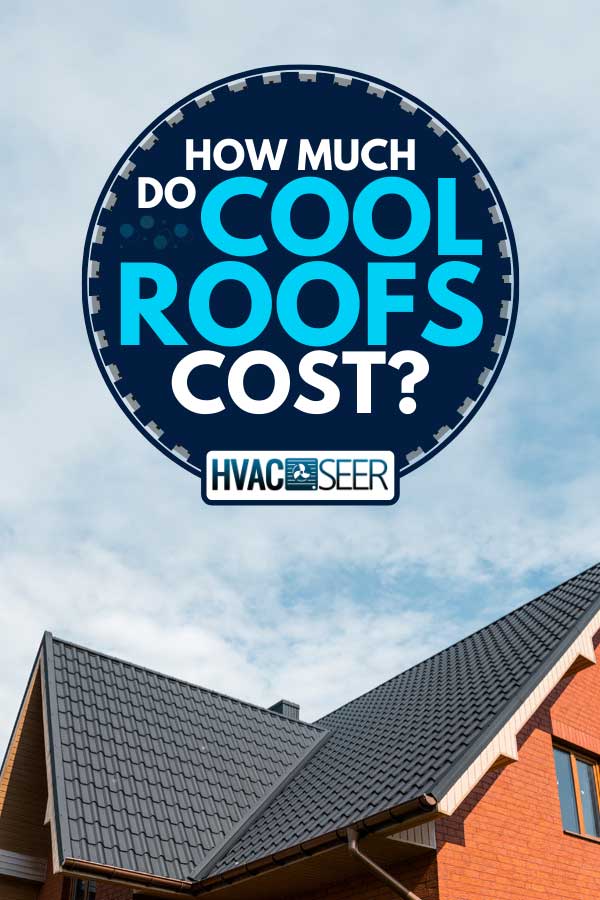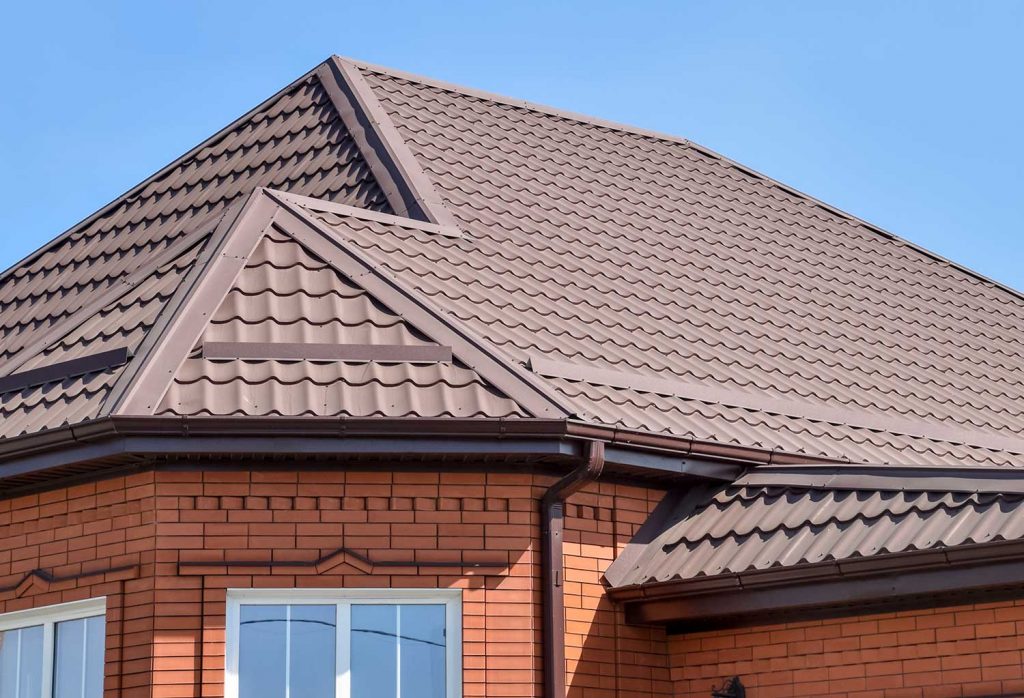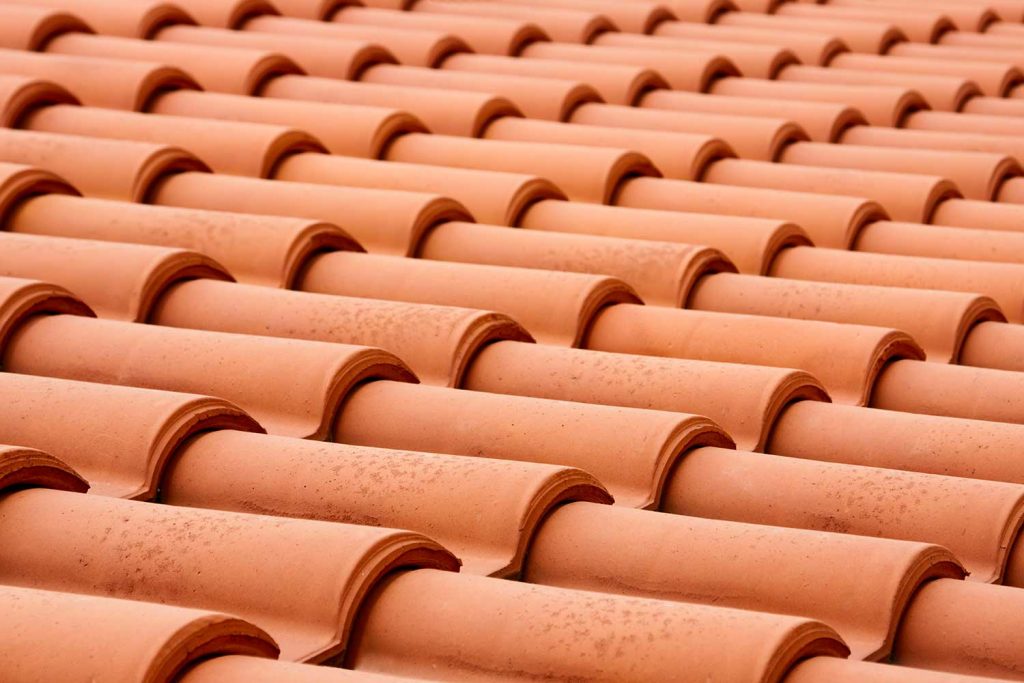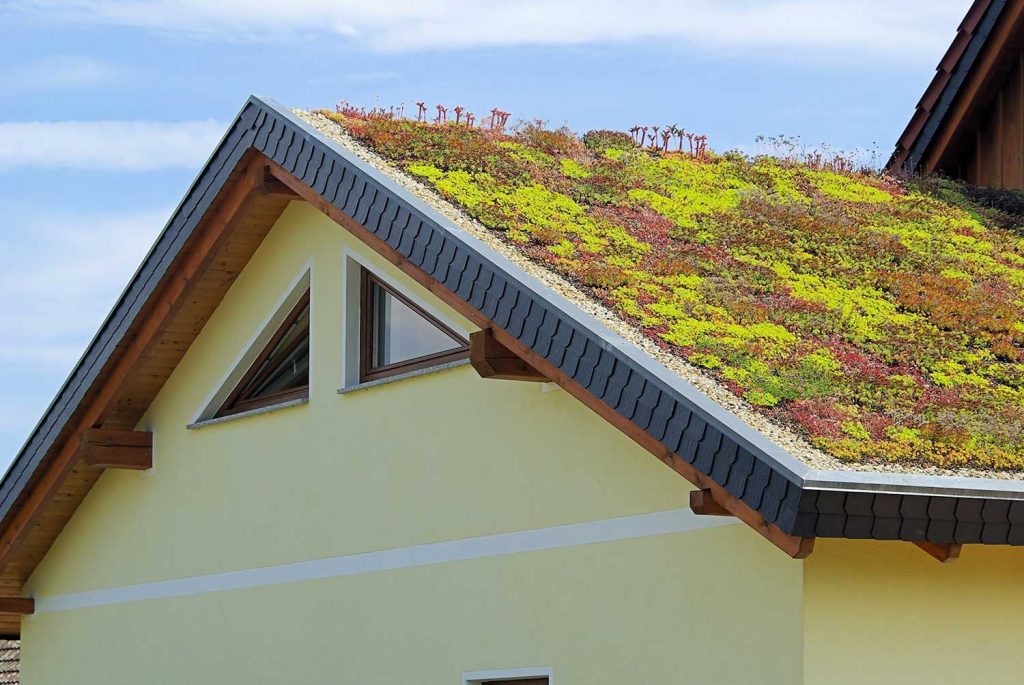If you've considered installing a cool roof on your home, price is definitely a factor that should be considered beforehand. Cool roofs can be a great way to help save on home energy bills, but what about the costs to have them installed? In this post, we'll cover how much cool roofs costs and how they help homeowners save money.
Cool roofs range in price anywhere from $4 to upward of $23 per square foot, which translates into $4800 to $27600 for a 1200 square foot roof, and $8800 to $50,600 for a 2200 square foot roof. The most significant cost factor for installing a cool roof is the type of material used.
Cool roofs vary in the types of materials used to install them. These materials can include reflective shingles or tiles, rubber, metal, foam, or highly reflective paint. That's why cool roofs can vary greatly in cost depending on the material used, in addition to other factors such as labor and your roof's square footage.
As you can see, cool roofs are a great option if you're looking to save a few bucks on energy costs. Next, let's take a closer look at how cool roofs actually work.

So What Exactly Is A Cool Roof?
A cool roof is a roofing installation made of specific materials that are designed to reflect direct light from the sun in order to prevent less heat from being absorbed from the top of the building. These roofs can maintain significantly lower temperatures than the typical darker roofs (which can get up to 150 degrees Fahrenheit in the summer) as they utilize brighter-colored solar-reflective surfaces.
Similar to the reason why most people wear lighter colors in the warmer, sunnier months to stay cool, these roofs allow homes to do the same. Two factors measure the amount of "coolness" that the roof offers, thermal emittance (how much heat an object gives off), and solar reflectance (how well a material reflects solar energy from its surface).
So why get a cool roof, you ask? Simple. A cooler roof means a cooler home and a smaller electric bill in the warmer months, or during the year, depending on your location.
Breaking Down Cool Roof Costs
Let's take a look at the typical price ranges for the most popular cool roof options based on roof sizes.
Metal
$4 to $22.50 per square foot $10 to $24 per square foot for materials and labor
Which comes to the following:
1200 sq ft home =$1200 to $2800 total 2200 sq ft home = $2200 to 52800 total
Foam
$4 to $7 per square foot for materials and labor
Which comes to the following:
1200 sq ft home = $4800 to $8400 total 2200 sq ft home = $8800 to $15400 total
Rubber
$4 to $8 for materials and labor
Which comes to the following:
1200 sq ft home = $4800 to $9600 total 2200 sq ft home = $8800 to $17,600 total
There are several factors that will determine how much money you can potentially save by installing a cool roof. Let's take a look at a few of them.
How Much Energy Does A Cool Roof Save?
On average, cool roofs can see a reduction in about 10-40% in cooling costs compared to common "dark" roofing. The amount of money that a homeowner can save by installing a cool roof depends on a few things, such as location and the availability of natural shade above the home. This means that your new roof could potentially pay for itself within five years or less.
It's important to remember, however, that your potential savings will really depend on a variety of factors, such as the following:
- The coverage size of your roof
- Your local geography and weather conditions
- The insulation quality of your home
- The slant of your roof
- The efficiency and capacity of your home's HVAC system
- Your local utility rates
- Proper installation cool roof materials
Although cool roofs can save homeowners money in energy costs, they can, however, raise heating costs. Because of this, it's helpful to also consider your average gas costs per season before installing a cool roof.
What Roof Material Is Best For A Hot Climate?
If you live in an area that's extremely hot throughout the year or has scorching summers, having a roof that can insulate your home from the heat can be beneficial to energy cost savings as well as your overall comfort levels.
Here are a few options to consider when looking for the best roof material for hot climates.
Metal Sheets

Metal roof shingles are a great option for helping reduce heating costs in hot climates. You'll find that they come in a wide range of finishes and colors as well as various slate, shake, shingle styles. The reflective properties of metal roofs allow them to block a significant amount of heat transmission to a home's interior and thus saving on energy costs.
You can also apply specialized paint finishes to help further reduce your home's cooling bills. Metal sheets are also an environmentally-friendly roofing option being that they're typically made from recycled materials such as copper, tin, and aluminum. Metal roofing also has an integral space between the panels and the roof decking (aka "dead space"), which creates an effective thermal barrier, blocking heat from the sunlight.
On average, they can save your home about 15%-20% in energy costs.
Terracotta (aka "clay" roofs)

Terracotta roof tiles and ceramic clay tiles together have been known for centuries to stand up to the warmest temperatures and can last well over 40 years. Their curved half-circle shape allows a significant amount of air to circulate beneath their surface, helping to keep interiors cooler. In summer months, clay tiles disperse about 65% percent less heat into a home house compared to asphalt shingles.
Perhaps the biggest drawback of this roofing material is the weight of the tiles. Terracotta tiles can weigh anywhere from 2-4 times the amount of typical asphalt shingles. They're also a more expensive roofing material compared to other options, ranging from $700-$1100 per square foot. However, given the impressive lifespan of these tiles, it may be worth the investment if you live in a warm climate.
Green Roofs

A green rooftop consists of one that has plant life suspended on top of a water-proofed membrane, which can greatly reduce heat absorption (and costs), making them a great option in both cold and hot climates. They also help to reduce what's commonly known as the "heat island effect," which is the natural temperature increase that occurs in cities and urban areas as a result of metal and asphalt surfaces essentially baking in the sun.
While green roofs may not be as popular as other roofing types at the moment, their environmental-friendliness and heat-reducing capabilities are making them a growing choice amongst city dwellers who live in hot areas.
EPDM
EPDM roofing is a synthetic rubber material that is super-efficient at preventing heat from being absorbed in a home or building. It's made from a heat-resistant and durable membrane, which enhances its ability to insulate heat coming from the sun. EPDM is fairly lightweight and can fair well over the years to come if maintained properly.
The composition of this roofing material makes it especially sturdy in extreme weather conditions. And it's often coated with titanium dioxide (TiO), a chemical which gives it a lighter color and is known for its UV-filtering effects. If you're looking for a heat-absorbing roofing option that can endure long periods of sunlight without cracking or breaking down, EPDM is a good option.
The best roofing option for hot climates depends on a variety of factors. It really comes down to affordability, durability, and personal preference.
Are Clay Tile Roofs Expensive?
A brand-new clay roof can cost anywhere from $10-$19 per square foot or roughly $1000-$1900 per square. The price to install a clay roof is usually higher than a typical shingle roof; the savings in the long term may be worth the extra upfront costs. A clay roof can last well over 80 years if it is maintained properly, which means that the probability that you'll need to replace the roof after its installation is pretty slim. Also, clay roofs are very resistant to the elements and stand up well rain, hail, snow, and fire.
Benefits of clay roofs:
- Increased energy efficiency
- Easy and simple maintenance
- Incentive programs and rebates (depending on the state in which you reside)
- Natural and recyclable materials
Clay roofing systems, however, do come with their own share of setbacks and shortcomings--just as with any other roofing option.
Here are a few things to consider before installing a clay roof.
Energy Efficiency
On top of offering little upkeep, clay roofs offer long-term savings as they're more energy-efficient than their metal or traditional shingle counterparts. Clay tiles are also naturally resistant to high temperatures, which allows for the airspace surrounding the tiles to create an effective thermal barrier between the outdoors and the interior of your home. Homeowners who install clay roofs can reduce the overall load on their HVAC system during both warmer and colder months.
Material Weight
Clay roof tiles are substantially heavier than most traditional roof shingles. It's important to consider whether or not your home's current roofing structure has the ability to support the amount of added weight. When considering a clay roof system, seeking out the advice of an experienced home builder or structural engineer can help you determine if your home can safely accommodate this heavier roofing material.
Roof Slope
Roofing experts state that if the roof of your home has a slope that's less than 18 degrees, the added weight of the clay tiles won't be the best option for your roof type. Before installing a clay roof, it's best to have the angle of your roof's slope checked by a roofer.
Underlayment Replacement
While clay tiles can last around a century or longer, the underlayment that supports them will not have this type of longevity. You will need to replace your clay roof's underlayment about every 20 years or so.
Roof Maintenance
One of the best benefits of having a clay roof is that they require very little maintenance. They're known for their exceptional durability; however, they should be periodically inspected for cracks or chips and quickly replaced if any damaged tiles are discovered. Other than that, you only need to rinse the roof with water annually to prevent debris accumulation and buildup.
Now that you know how much cool roofs costs and which roofing material is best for hot climates, you can hopefully make the best buying decision if you ever need to replace your roof. Feel free to check out our other blog posts to learn more information about how to save money with your home improvement costs:
